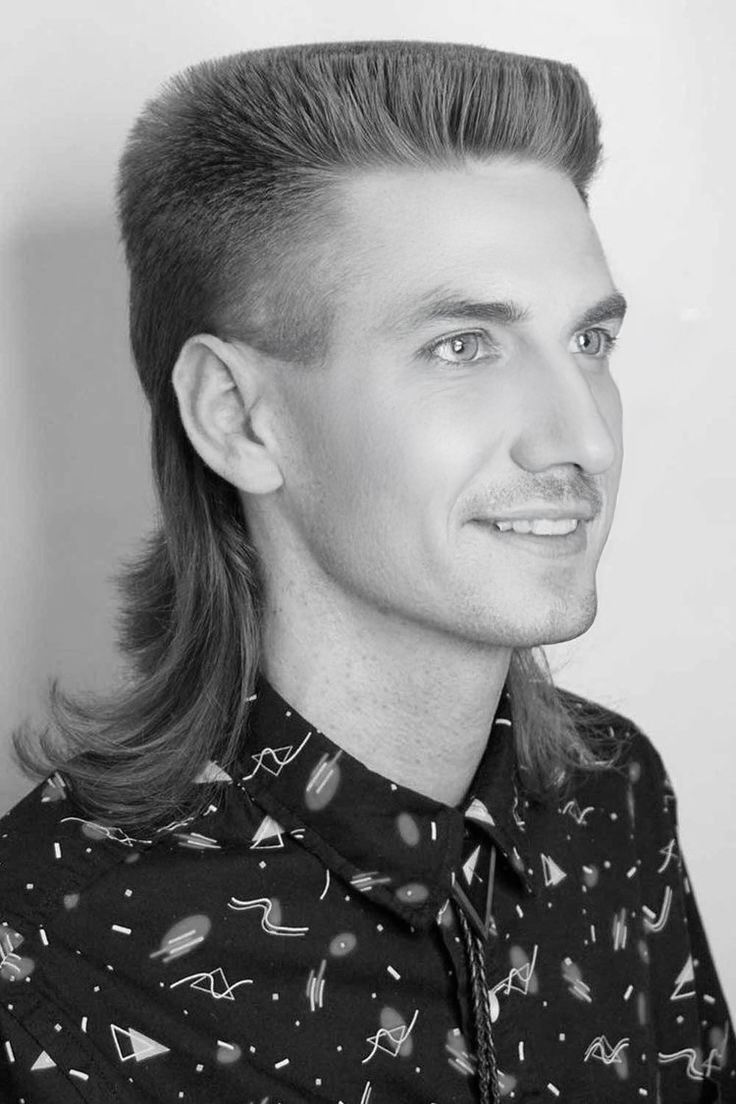The History of the Mullet
- Evgenii Solod
- Oct 17
- 2 min read
Updated: Nov 3
Origins & Early Roots
The mullet’s functional design goes back to ancient times: short at the front to keep vision clear, long at the back to protect the neck. Greek warriors, early Europeans, and nomadic tribes wore similar shapes for practical reasons.
It appeared throughout centuries across cultures as both a warrior’s cut and a rustic, working-class hairstyle.

20th Century Popularization
In the 1970s, David Bowie’s Ziggy Stardust persona made the mullet a glam-rock icon.
By the 1980s, it spread into mainstream: worn by rock stars, country singers, athletes (especially hockey and baseball players). “Business in the front, party in the back” became its unofficial motto.
In the 1990s, the Beastie Boys popularized the term “mullet” in their track Mullet Head. The style turned into both a cultural meme and a symbol of “bad taste.”
Modern Era
In the 2010s–2020s, the mullet made a comeback — sometimes ironically, sometimes high-fashion.

Seen on runways (Gucci, Balenciaga), in music (Miley Cyrus, Machine Gun Kelly), and on the streets, it became a statement of individuality and nostalgia.
From the Barber’s Chair — Mullet
Business in the front, party in the back. That’s the pure essence of the mullet.
In the 80s it stood for rebellion — loud guitars, ice rinks, and biker rallies. In the 90s it became a punchline. Today it’s both retro irony and cutting-edge fashion.

The strength of the mullet is in its variability. Length and proportions are tailored to the client’s wishes: it can be subtle or extreme. It pairs especially well with taper fades on the temples and a textured, torn top, giving the look both structure and freedom.



Comments